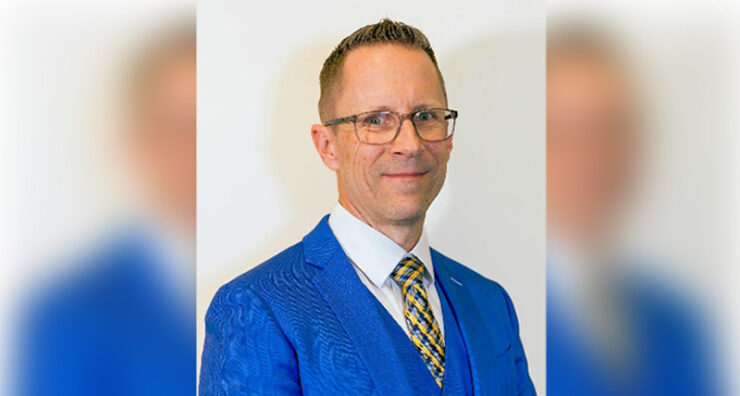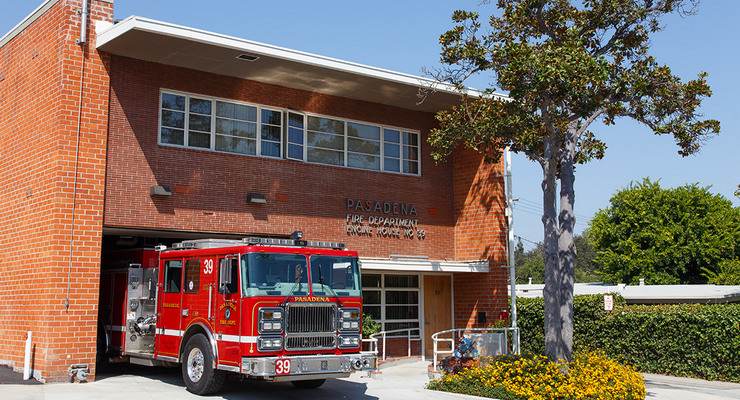
Pasadena is moving aggressively to transition its entire public transit fleet to zero-emission vehicles, aiming to complete the conversion by 2037 – three years ahead of California’s 2040 mandate.
The Municipal Services Committee will receive an update Tuesday on the city’s Zero-Emission Bus Rollout Plan, which calls for converting the Pasadena Dial-A-Ride fleet by 2030 and the Pasadena Transit fixed-route fleet by 2037.
The transition will deploy fuel cell electric buses for the fixed-route fleet and battery electric buses for the paratransit service. On Tuesday, the Department of Transportation will report details about its having secured more than $100 million in grant funding toward the estimated $150.7 million total cost, leaving approximately $31.5 million potentially unfunded.
California’s Innovative Clean Transit Rule mandates all public transit agencies transition to 100% zero-emission fleets by 2040. Pasadena exceeds state requirements by planning for 100% zero-emission purchases starting in 2026, ahead of the state’s 25% minimum requirement, the report said.
The city’s current fleet includes 39 Pasadena Transit vehicles and 16 Dial-A-Ride vehicles. Initial deliveries began in January 2025, with procurements underway to transition approximately 47% of the 55 vehicles by 2028.
Two major infrastructure projects support the transition. The Transit Operations Maintenance Facility at 2180 E. Foothill Boulevard is at 50% design with a $100 million cost estimate. The facility will service both fuel cell and battery electric buses and include charging infrastructure.
A hydrogen fueling station at 159 South Kinneloa Avenue is at 30% design with a $16 million budget. The station will feature 18,000 gallons liquid storage capacity and received environmental clearance in April 2025.
The Transportation Department said the city has acquired additional property at 2211 E. Walnut St. in 2024 to accommodate 40-foot buses and increase fleet capacity. Staff removed a subterranean parking level from the maintenance facility to reduce costs.
The hydrogen station will be 1.5 miles from the future maintenance facility, reducing travel distance from the current 3.5-mile distance between existing facilities.
The timeline calls for purchasing 17 fuel cell buses by 2027, with full fixed-route conversion by 2037. For Dial-A-Ride, seven battery electric buses will be added in 2028, completing the 16-vehicle fleet conversion by 2030.
Both facility contracts are scheduled for advertising in summer 2025, with the fueling station operational by 2027 and maintenance facility completed by 2028, according to the report.
The city chose fuel cell technology for fixed routes due to superior operational range and faster refueling. The maintenance facility design accommodates future battery electric buses for fixed routes, providing flexibility as technology improves.














 0 comments
0 comments



